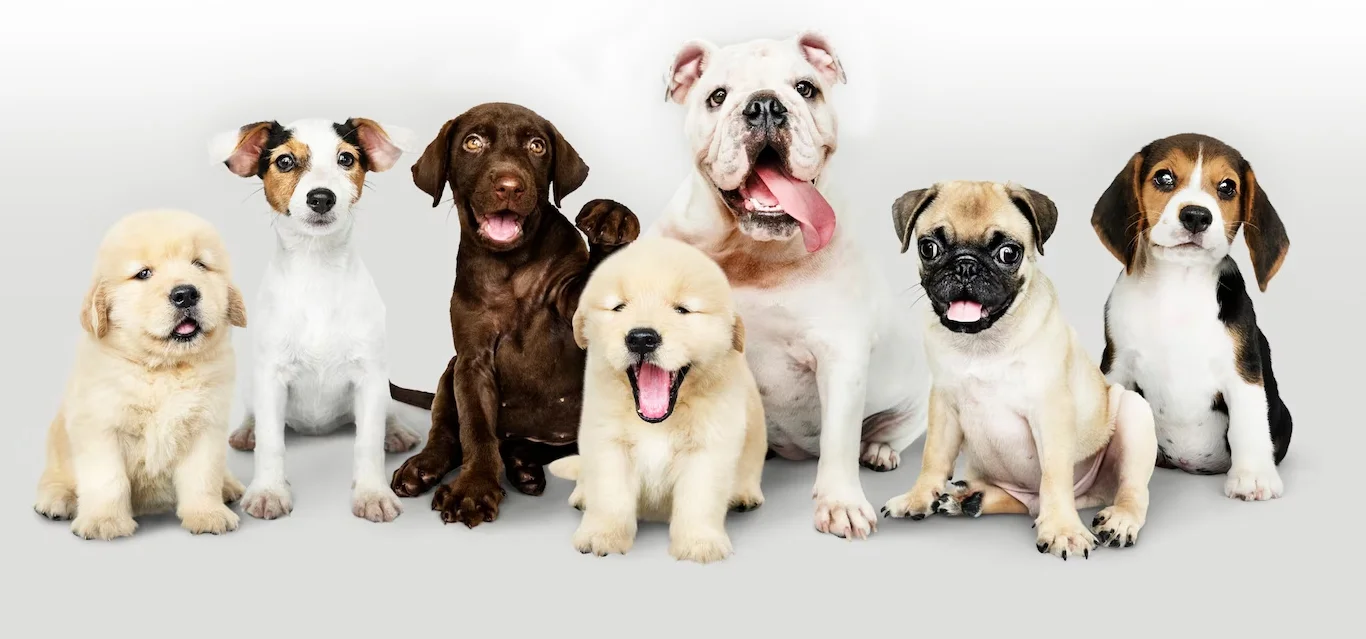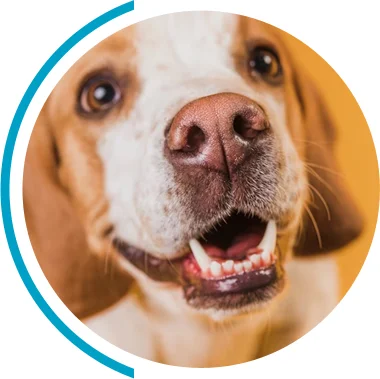Separation anxiety is a complex behavioral issue prevalent in many dogs, impacting not only their happiness but also the well-being of their owners. In Irvine, where dog ownership is common, it is crucial to address this problem effectively through dedicated training methods. In this article, we will explore the nuances of dog separation anxiety and provide strategies for coping and overcoming it.
Dog separation anxiety arises when a dog becomes extremely distressed when separated from their owner or primary caregiver. This condition is not merely a phase; it can significantly affect a dog’s mental health and their relationship with their owner. Dogs are inherently social animals, and their bond with humans can lead to heightened emotional responses when they feel abandoned or isolated. This emotional distress can manifest in various ways, and understanding it is crucial for both the dog’s well-being and the owner’s peace of mind.
The symptoms of separation anxiety can vary from mild to severe and may include excessive barking, howling, or whining when left alone. Other signs to watch for include destructive behaviors, such as chewing household items, and instances of house soiling, which occur despite previous potty training. Some dogs may exhibit pacing, attempting to escape, or even self-harm due to their high anxiety levels. It’s important to observe these behaviors closely, as they can escalate if not addressed, leading to a cycle of anxiety and misbehavior that can strain the owner-dog relationship.
It’s essential to distinguish normal behavior from anxiety-related symptoms. While it’s typical for dogs to miss their owners, separation anxiety is marked by panic and distress that can lead to physical and emotional harm. In some cases, dogs may develop compulsive behaviors, such as excessive licking or digging, which can further complicate their health and well-being. Recognizing these signs early can help in implementing effective strategies to alleviate their anxiety.
Understanding the underlying causes can offer insights into managing separation anxiety. Common factors include a lack of socialization as a puppy, previous traumatic experiences such as abandonment or prolonged hospitalization, or significant changes in their routine, like moving to a new house or the loss of a family member. Additionally, certain breeds are more predisposed to anxiety, including Rescue mixes, Doberman Pinschers, and German Shepherds. The early environment in which a dog is raised plays a critical role in their emotional development, and those that are not exposed to various situations may struggle more with anxiety later in life.
Identifying the root cause of your dog’s anxiety is critical in tailoring the most effective training strategy. Each dog is unique and may require different approaches to help manage their fears effectively. For instance, some dogs may benefit from gradual desensitization techniques, where they are slowly acclimated to being alone for short periods before extending that time. Others might respond well to counter-conditioning, where positive experiences are associated with being alone. Additionally, incorporating interactive toys or puzzle feeders can help distract and engage a dog’s mind, making the time apart less stressful for them. Understanding these nuances can empower owners to create a supportive environment that fosters confidence and reduces anxiety in their beloved pets.
Training is a fundamental aspect of addressing separation anxiety. It not only benefits the dog but can also improve the quality of life for both the pet and the owner. Establishing a structured routine through training can significantly reduce anxiety levels.
Engaging in training techniques specifically designed for dogs with separation anxiety can lead to numerous advantages. For starters, dogs become more independent, learning to feel comfortable being alone. This independence is invaluable and fosters confidence in the dog.
Moreover, well-trained dogs tend to display fewer destructive behaviors, leading to a more harmonious living environment. This, in turn, alleviates stress for owners, allowing for a nurturing bond to develop without the interference of anxiety-driven issues.
Training plays an essential role in managing separation anxiety by providing dogs with coping mechanisms. Through consistent training, owners can teach their dogs to associate being alone with positive experiences instead of distress. This shift in perception can dramatically change how dogs handle being apart from their owners.
In addition, training sessions can incorporate gradual desensitization, which allows dogs to adapt over time to short periods of solitude, gradually increasing the duration as they become more comfortable being alone.
There are various techniques to manage and train dogs suffering from separation anxiety. Two highly effective methods include positive reinforcement and counter-conditioning techniques.
Positive reinforcement training encourages desirable behaviors by rewarding dogs when they exhibit calmness or independence. For instance, when leaving your dog alone, reward them with treats or praise when they are quiet and relaxed.
This technique establishes a positive connection between being alone and receiving rewards, reducing anxiety over time. It is essential to remain consistent and patient, as behavioral changes take time.
Counter-conditioning involves changing your dog’s response to being alone through gradual exposure. Start by leaving your dog for a few minutes at a time and progressively increasing the duration as they adapt. This method helps in desensitizing them to being alone.
As part of this training, it’s also helpful to provide engaging toys or puzzles to distract them during periods of solitude, keeping them occupied and focused on something other than their anxiety.
While many owners can effectively manage their dog’s anxiety with the right techniques, others may find it beneficial to seek professional help. In Irvine, there are numerous qualified dog trainers specializing in behavior issues, including separation anxiety.
If your dog’s anxiety symptoms escalate or do not improve with home-based training, it is advisable to consult a professional. Signs that professional intervention is needed include severe destructive behaviors, excessive vocalization, and signs of distress that appear uncontrollable.
A professional can assess your dog’s behavior and provide a tailored training plan, integrating methods that align with the specific needs of your dog.
When selecting a dog trainer, look for qualifications, experience, and a focus on positive reinforcement methods. Ask for recommendations and read reviews from other dog owners. A good trainer will also encourage you to actively participate in the training process to strengthen the bond with your dog.
It’s essential to feel comfortable with the trainer’s approach and philosophy to ensure the best outcome for both you and your dog during this critical time.
After successfully implementing training techniques, it’s crucial to maintain your dog’s progress. This ongoing practice will help solidify the changes you’ve worked hard to achieve.
Consistency is key in maintaining the behaviors learned through training. Regularly practicing the techniques implemented will reinforce your dog’s new skills and coping mechanisms. Create a structured routine that integrates training into daily life, reducing the chances of regression.
Always be patient and supportive, as some dogs may require more time to adapt than others. Revisit training techniques periodically to keep your dog’s capabilities sharp.
Track your dog’s behavior to evaluate progress effectively. Keeping a journal noting triggers, responses, and improvements can be beneficial in identifying both strong areas and those needing additional work.
If you notice recurrence in anxiety signs, consider revisiting professional help for insights and adjustments in training methods. The goal is a calm and confident dog capable of being independent without distress.
In Irvine, addressing separation anxiety through proper training not only enhances your dog’s life but also strengthens the bond between you and your furry friend. With dedication and the right approach, overcoming this challenge is possible.
If you’re feeling overwhelmed by your dog’s separation anxiety, remember that you’re not alone. At The Grounded Hound Canine Coaching, we understand the challenges you face and are here to provide expert guidance and support. With our comprehensive certifications, including CTC, ABCDT, CSAT, and SA Pro, we are well-equipped to help you and your furry friend overcome this hurdle. Our approach is rooted in Patience, Kindness, and Consistency, ensuring a positive and effective training experience. Don’t let separation anxiety disrupt the harmony in your home. Contact Us Today and take the first step towards a more peaceful and confident companionship with your dog.

